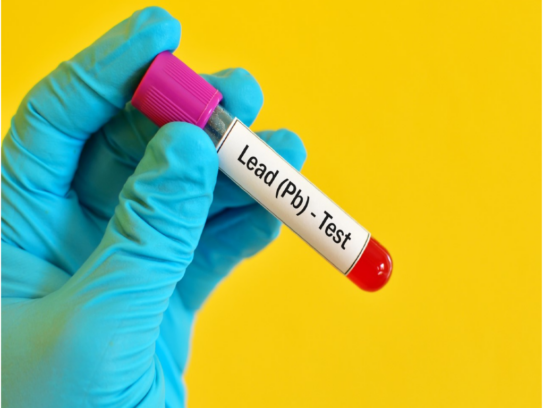
Lead levels in children living in Maryland continue to decrease and currently are at the lowest levels since data has been collected in connection with the state’s 1994 lead law.
According to the Maryland Department of the Environment’s 2019 Childhood Blood Level Surveillance newly-release report, almost 150,000 children between the ages of birth and 18 years were tested for lead during 2019. Most of the children were between the ages of birth and six years.
The number of Maryland children under six years who tested at the highest level decreased from 390 in 2018 to 328 in 2019.
In Montgomery County, about 25,000 children were tested during 2019. Of those tested, 39 had levels above 10 micrograms per deciliter of whole blood (ug/dl), and 125 had levels between five and nine ug/dl.
As of July 1, Maryland decided there was a need for intervention for a child with a blood lead level of more than 5 ug/dl. Prior to this summer, the need for intervention was when a child’s level was great than 10 ug/dl. The Centers for Disease Control considers elevated blood lead levels that are equal or greater to five micrograms per deciliter of whole blood (ug/dl).
In 1993, the first year testing was conducted in the state, 23.9% of the children who were tested had lead levels greater than 10. In 2019, .2 percent of Maryland children had levels greater than 10 ug/dl. The percent of children registering at the highest levels has been .5% or below since 2009, according to the report.
During 2019, there were 131 new cases of children aged 0-72 months identified with blood lead levels greater than 10 in Maryland, excluding Baltimore City. This was five fewer cases that reported in 2018, according to the report.
Cosmetics, including lip balm, shampoo and body lotions, and spices that usually were imported from overseas were the leading cause of high lead levels in Montgomery County children. Dust and chips from lead paint in older homes was not a major factor.
As explained in the report, lead poisoning occurs when lead enters the bloodstream and builds up to toxic levels, and there is no safe blood level for children.
“Exposure to lead can cause long-term neurological damage that may be associated with learning and behavioral problems and with decreased intelligence. When absorbed into the body, it can result in damage to the brain and nervous system, learning and behavior problems, slow growth and development, and hearing and speech problems,” it states in the report.
From @MDEnvironment:
Childhood lead poisoning cases in Maryland decreased last year to the lowest levels since data has been collected in connection with the state’s 1994 lead law. https://t.co/HwmK6GppRj
— Michael Ricci (@riccimike) October 26, 2020
